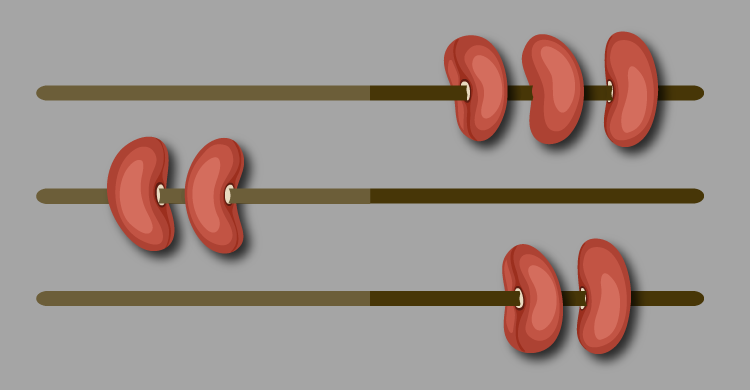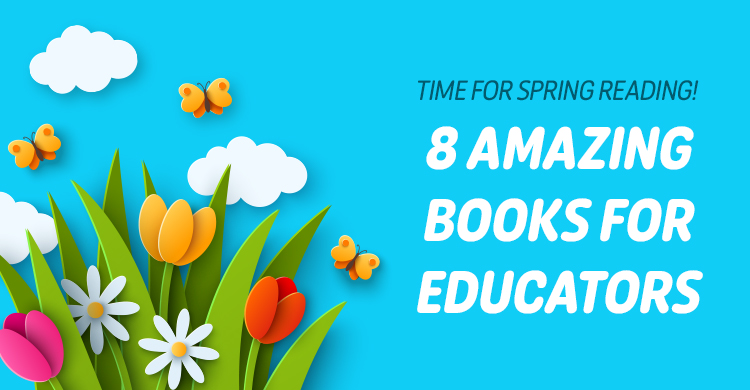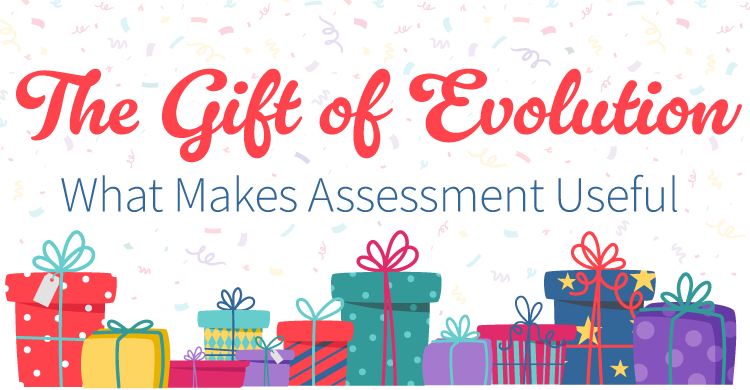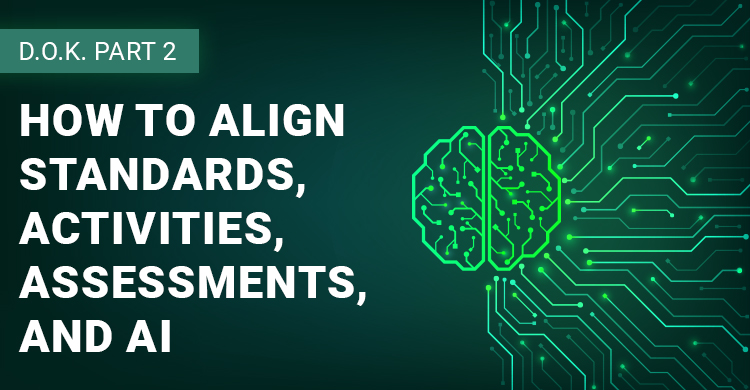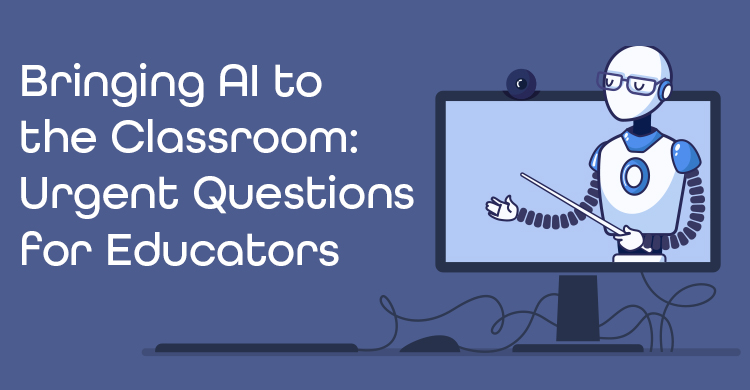“I am not a bean counter,” Mary, a 7th grade language arts teacher, told me. Her eyes flashed as she spoke. “I used to teach kids to understand what they were reading. If they needed to know new words or even how to pronounce a word, I worked on that. That was teaching. Now my principal expects me to put aside all the literature and info text that drew my kids’ interest. He wants the computer to ‘personalize’ their learning. What those programs that profess to personalize do is bore my kids to death and turn me into a data bean counter.”
Mary wasn’t happy with her new role as “a teacher.” Neither was Tom, her associate who taught their middle school’s science. “After my kids spend the time that the principal wants them to be on the computer doing electronic worksheets, I get to take home the data generated and enter my analysis, prepare reports on each kid’s progress and turn it in for her review. Yep, we are surely data-driven, as well as driven out of teaching.”
NOT ISOLATED ANOMALIES
If these complaints were anomalies, they would not raise my concern. The more I read about “personalized learning” and the more I talk with teachers in classrooms where this name is applied, the more I see big tech-driven companies who have jumped into the personalized game and are hiding behind the Wizard’s Curtain.
When I shared my concerns with a sales rep from one of many companies promoting the advantages of their expensive e-products touted to “personalize,” I hear that my concerns are caused “by bad classroom implementation, not the digital programs.” Of course. What else should I expect? It’s always the teacher’s bad practice.
NO SURPRISES: PERSONALIZED EVERYTHING
The core promise of digital personalized learning, like sales of personalized deodorant, travel, diet, automobile, or any other product sales is to make my choices traceable. On the surface, the software-made choices will make my life easier. For the wizard behind the curtain, the collected data makes more sales easier.
I don’t know why it should surprise us that education is different. Our digital life is personalized by every product we buy from Amazon. When we pick a movie showing at a mega theatre, the upcoming attractions are “personalized.” I recently learned from a neighbor who runs a movie theater that depending on what movie I select from the twelve mini-theatres at his venue, the previews I see are targeted to that choice. If I choose the Disney cartoon in theatre number 7 with my grandchildren, the previews would be tailored to the kids; if I buy tickets to a science fiction thriller in number 1, at least half of the previews will target upcoming thrillers for the next year.
It’s now less with the TV. It personalizes the line up of shows I am inclined to watch. Convenient? Yes, but also a subtle sell job. My Word inbox plays the same game. Junk arrives, in spite of my many filters, to tell me all about what I should buy from Amazon, what trips from United, what restaurants for my special occasions…all based on where and how I prefer to live my life.
The majority of mainstream schools are entrenched in traditional frameworks, which will need to be deconstructed to overwhelm the “old school” archetypes and lead to educational transformation and align to principles of innovation and entrepreneurship.
The ability of digital software to gather data and make changes in a reading or math skill program is a logical application. By breaking the basic skills into mini- and micro-skills makes the learning act ripe for picking right from wrong and then giving instructions based on the choices made.
Think about this example: After assessing Juan’s fluency, the personalized e-program gives him his first reading passage. It then tests him with a multiple choice. Wrong answer? The computer reads his response and then drops him to an easier task with another multiple choice. He gets to go up to a tougher passage with the correct answer plus a smiley face or points (as on a frequent flyer plan). Another wrong answer? Another downer. Ultimately, the reading “program” lets the teacher print out the results. If Juan has established a pattern of right answers, the teacher is told he has mastered the particular micro-skill. On to the next. If not, let’s redo at an easier level.
If you are a middle school teacher, your daily review numbers may touch 120 students. Depending on your principal’s expectation, you will count the numbers, look for patterns, and prepare “individualized” reports for that number of students. You also may have to flag those students who show a pattern of downward struggles on each micro-skill. With your students’ data analyses under arm, you head off to your weekly PLC meeting to see how you might fill in your blanks for the strugglers’ “engaged” time on computer-driven tasks.
A DIFFERENT DEFINITION
When not entangled in the micro-data web, there are teachers who are highlighting personalized learning practices with a different digital promotion. They see students as agents of their own learning. They prefer the power of intrinsic motivation, which springs from each student’s own voice and choice for the what and how of learning results. They select digital tools that help students make and create their own learning.
Two-way feedback, which visible learning researcher John Hattie identifies as the most powerful tool we know to raise achievement, is at the heart of efforts to develop students’ self-directed learning competencies and their deep understanding of key concepts in the curriculum.
Supported with analyses that highlight the power of collaboration and metacognition, elementary teachers in a professional learning team that I facilitate are developing a system of personal goal-setting tasks for deeper learning in their classrooms. They make quarterly and weekly use of digital protocols to plan with goals, strategies, and observable outcomes. Based on personal self-assessments enriched by teacher and peer feedback, students set goals, give and get guiding feedback, and self-assess their progress. In one thirty-minute advisor period per week, the teacher and the student review guiding rubrics to help students make choices about which 21st Century competencies, socio-emotional collaborations, mindsets, and career pathways will work to improve academic competency. No two plans look alike and neither do the project charts kept in the students’ EdModo space.
In this process, the teacher guides and coaches; their role is to help each student understand his or her data and make informed choices. Teachers rely on developmental rubrics to help students define personal pathways. Students keep their records via EdModo and Googledocs. Teachers observe, encourage, and give feedback, focused by each student’s personalized plan.
A DEEPER LEARNING AIM
In this take on personalized learning, teachers look for the deeper learning choices that students make. The Personalized Learning Plans allow teachers to observe and give feedback so that students’ develop the responsibility and the motivation to drive their own learning. When students grow in their proficiency to drive their own learning, the definition of “personalized” changes. In this new definition, personalized learning is what each student defines in an ever-turning cycle of self-directed learning. Over the years, each student takes more and more responsibility for defining, doing, and assessing his or her personal goals. Teachers concentrate on teaching by guiding and coaching, not by counting beans.
[author_bio id=”145″]


